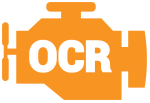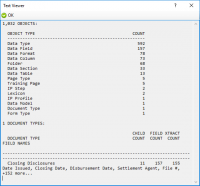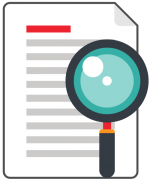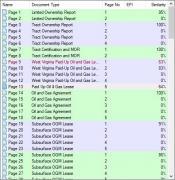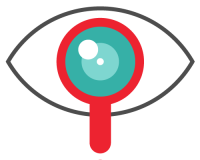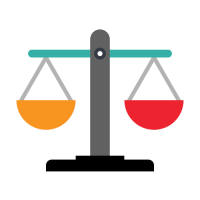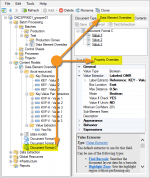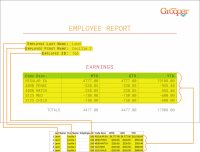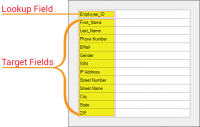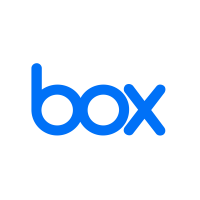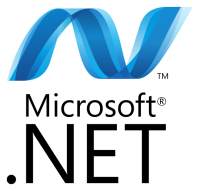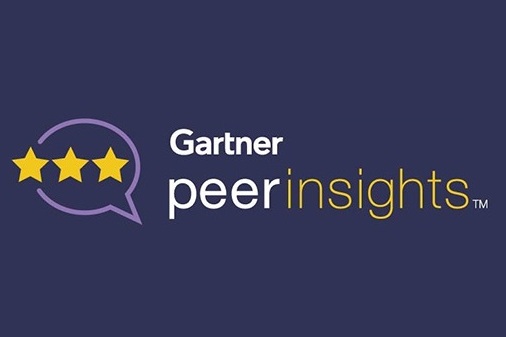Main Page
| Getting Started | |||
|
Grooper was built from the ground up by BIS, a company with 35 years of continuous experience developing and delivering new technology. Grooper is an intelligent document processing and digital data integration solution that empowers organizations to extract meaningful information from paper/electronic documents and other forms of unstructured data. The platform combines patented and sophisticated image processing, capture technology, machine learning, natural language processing, and optical character recognition to enrich and embed human comprehension into data. By tackling tough challenges that other systems cannot resolve, Grooper has become the foundation for many industry-first solutions in healthcare, financial services, oil and gas, education, and government. |
Getting Started | ||
| Install and Setup | |||
| 2.90 Reference Documentation | |||
| Featured Articles | Did you know? |
|
An OCR Engine is the part of OCR software that does the actual character recognition, analyzing the pixels on an image and figuring out what characters they represent. This raw result can be further processed using Grooper's OCR Synthesis capabilities, producing the final OCR result used by Data Extractors to match text in a document and return the result. The Transym OCR 4 and Transym OCR 5 engines are included in Grooper. Transym OCR 4 provides highly accurate English-only OCR while Transym OCR 5 provides multi-language OCR for 28 different languages. Version 2.72 and beyond also support Google's open source Tesseract OCR engine. The ABBY FineReader, Prime OCR, and Azure OCR engines are also supported but require separate installations and separate licensing. |
The earliest examples of OCR (Optical Character Recognition) can be traced back to the 1870s. Early OCR devices were actually invented to aid the blind. This included "text-to-speech" devices that would scan black print and produce sounds a blind person could interpret, as well as "text-to-tactile" machines which would convert luminous sensations into tactile sensations. Machines such as these would allow a blind person to read printed text not yet converted to Braille. The first business to install an OCR reader was the magazine Reader's Digest in 1954. The company used it to convert typewritten sales reports into machine readable punch cards. It would not be until 1974 that OCR starts to form as we imagine it now with Ray Kurzweil's development of the first "omni-font" OCR software, capable of reading text of virtually any font. |
| New in 2.9 | Featured Use Case | ||||||||||||||||||||||||||||||||||||
|

Discover how they:
| ||||||||||||||||||||||||||||||||||||
Feedback
| Feedback | |
|
We value your feedback! | |
| Other Resources | |||
|
|||

